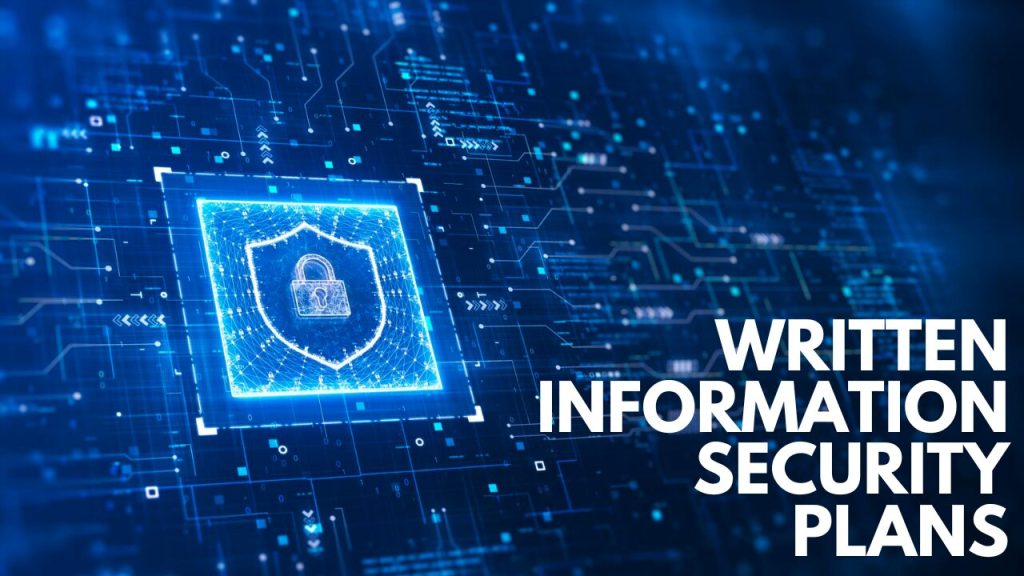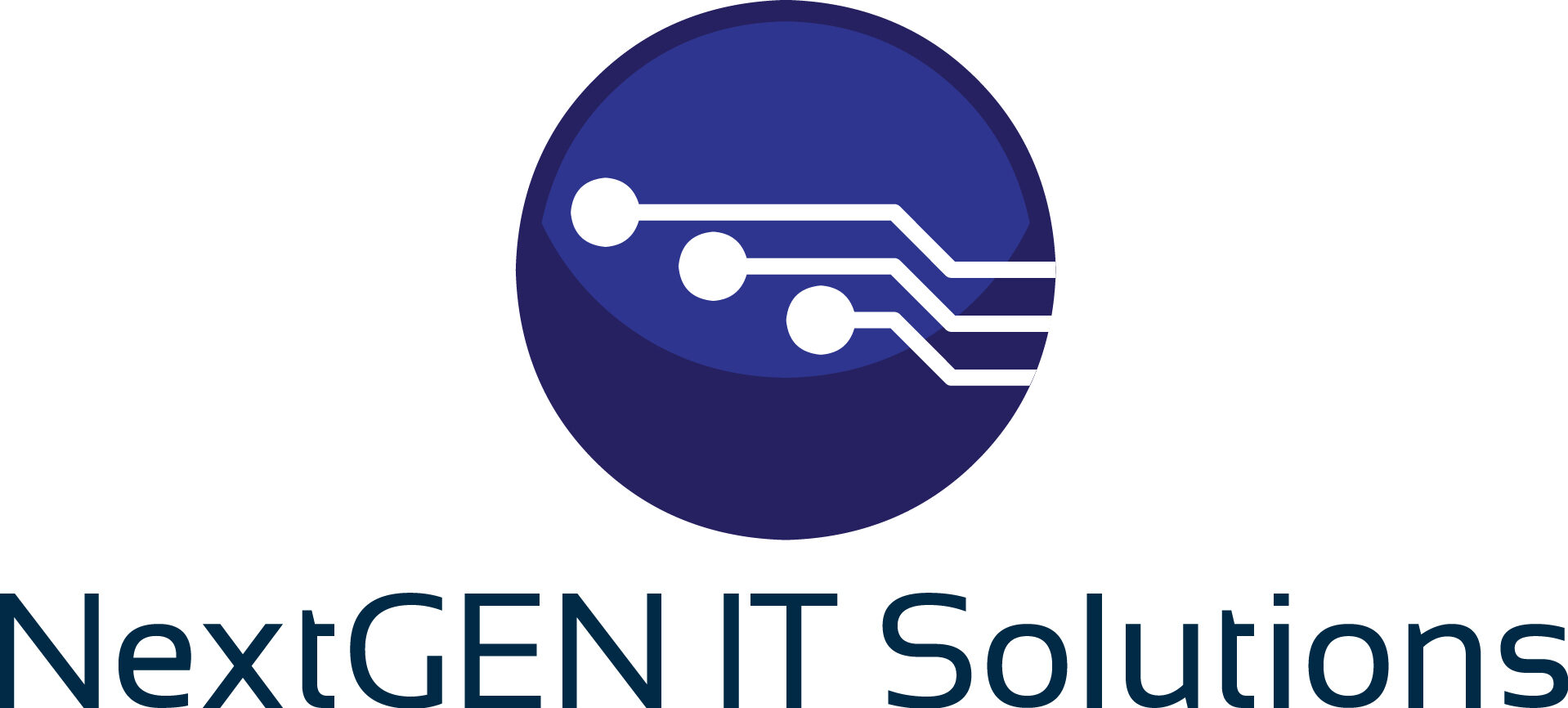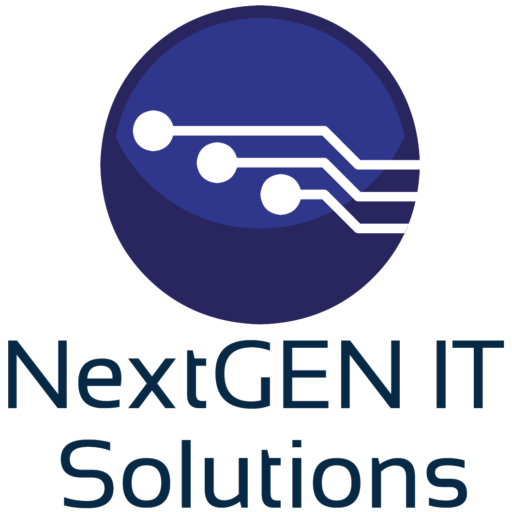What’s a WISP and Why Your Business Needs One

Cyber threats are more sophisticated than ever. In 2025, relying on good intentions and outdated security policies no longer cuts it. Regulators expect businesses to take cybersecurity seriously—and that starts with a Written Information Security Plan (WISP).
At NextGEN IT Solutions, we help small and midsize businesses (SMBs) build detailed, actionable WISP plans that reduce risk, support compliance, and ensure cyber insurance eligibility. If you’re wondering what a WISP plan is, or why your organization might need one, this article is for you.
What Is a WISP Plan?
A WISP is a formal document that outlines your company’s approach to protecting sensitive information. It defines:
- Who manages security policies
- What technologies and protocols are used
- How your organization responds to incidents
- What training and oversight exist to support safe practices
Unlike a general cybersecurity policy, a WISP includes clearly written processes, technical safeguards, and testing protocols. It serves as both a playbook and proof of due diligence.
Who Needs a WISP?
Virtually any business that handles sensitive information is subject to some form of regulation. In 2025, a growing number of frameworks and insurance providers require a WISP as part of basic cybersecurity hygiene.
Here’s a snapshot of industries and laws that require a WISP:
| Regulation / Standard | Is a WISP Required? |
|---|---|
| HIPAA (Healthcare) | ✅ Yes |
| GLBA (Financial/Tax) | ✅ Yes |
| FTC Safeguards Rule | ✅ Yes |
| PCI-DSS (Card Payments) | ✅ Yes |
| State Laws (e.g., MA, NY) | ✅ Yes |
Even if you’re not directly regulated, chances are your cyber insurance provider now requires documentation of your WISP. Without one, coverage may be denied or premiums increased.
What Should a WISP Include?
A solid WISP goes beyond generic statements. It should include:
✅ Roles & Responsibilities
Clearly define who manages security, who has access to sensitive data, and who responds during a breach.
✅ Data Classification & Risk Assessment
Detail what kinds of data you collect, how they’re protected, and what risks your systems face.
✅ Acceptable Use Policies
Outline how employees should use devices, manage passwords, and access company systems both on-site and remotely.
✅ Incident Response Protocols
Provide a step-by-step plan for detecting, reporting, and recovering from cybersecurity incidents or data breaches.
✅ Backup & Recovery Guidelines
Explain how data is backed up, where it’s stored, and how quickly it can be restored after an outage or attack.
✅ Ongoing Training Requirements
Include how and when staff receive cybersecurity training, phishing simulations, and refresher courses.
✅ Technical Security Measures
Describe technologies used—such as firewalls, antivirus, MFA, encryption, and DNS filtering—and how they’re enforced.
Why Your Business Shouldn’t Delay Creating a WISP
Failing to implement a WISP has real consequences. Without one:
- Audits can result in fines or violations
- Cyber insurance claims may be denied
- Incident response efforts will lack coordination
- Compliance requirements may be missed entirely
Most importantly, your clients’ and employees’ data could be exposed, leaving your business vulnerable to lawsuits or lost trust.
How NextGEN IT Solutions Builds WISPs That Work
We don’t hand out cookie-cutter templates. Instead, we work directly with your leadership and staff to develop a custom WISP designed around your unique environment.
Here’s how our process works:
- Discovery – We assess your technology stack, compliance obligations, and business workflows
- Risk Analysis – Our team identifies vulnerabilities across your network, devices, and access controls
- Policy Creation – We write a tailored WISP covering all required areas—from backups to remote access
- Implementation – Next, we deploy technical tools, enable monitoring, and help train your team
- Ongoing Maintenance – Your WISP is reviewed regularly to reflect tech changes, staff growth, and regulatory updates
We also assist with audit preparation and cyber insurance documentation to ensure you’re covered when it matters most.
Real-World Example: Saving a Contract Through WISP Compliance
A Pittsburgh-based accounting firm contacted us after a vendor demanded proof of cybersecurity controls before finalizing a partnership. Because we had already created and documented their WISP:
- They submitted the required materials within one hour
- Their contract was approved without delay
- They avoided $12,000 in third-party risk assessments
Their preparedness gave them an edge—and won the deal.
Final Thoughts: A WISP Is Your Foundation for Cyber Resilience
In today’s world, cybersecurity isn’t just about firewalls and antivirus—it’s about planning, policy, and accountability. A WISP puts you ahead of threats, audits, and potential disasters.
At NextGEN IT Solutions, we help businesses across Western Pennsylvania and beyond secure their operations with written, defensible information security plans. We’ll build it, implement it, and keep it updated—so you can stay focused on growth.
👉 Want a no-cost consultation to review your WISP status or compliance risk?
Contact us today, or explore our blog for more insights.



